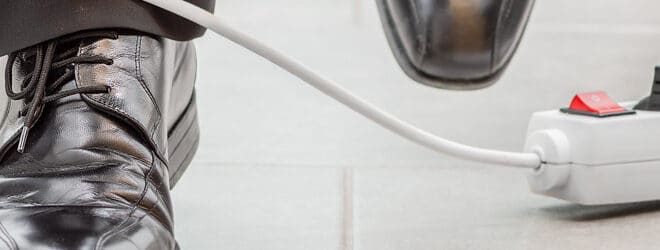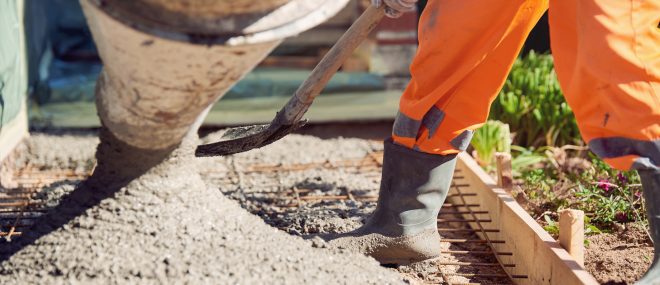When it comes to construction and contracting, finding ways to manage costs is often a top priority. This pressure can lead contractors and property owners to consider using salvaged or refurbished electrical equipment. While the lower price tag might seem appealing, the potential risks associated with these products can far outweigh any initial savings. Understanding the hidden dangers is crucial to protecting property, ensuring safety, and preventing catastrophic failures.
Electrical equipment can be damaged by various hazards, but water is by far the most common and insidious culprit. From major events to slow, creeping moisture, water exposure can compromise the integrity of vital electrical components in ways that are not always visible.
How water compromises electrical systems
Water damage to electrical equipment isn’t always the result of a dramatic flood or storm. While catastrophic events certainly cause significant harm, more subtle forms of moisture can be just as destructive over time.
- Gradual damage: Slow-acting moisture from condensation, humidity, groundwater seepage, or even normal rainfall can gradually degrade electrical components. This slow breakdown can go unnoticed until a critical failure occurs.
- Catastrophic events: Severe storms, floods, burst pipes, and firefighting activities can completely submerge electrical equipment. This level of exposure almost always results in irreversible damage.
- Contamination: The water itself can introduce harmful substances. Floodwaters often carry chemicals, sewage, oil, and other debris. This contamination can corrode internal parts and leave behind conductive residues that affect the equipment’s performance and safety.
- Saltwater corrosion: For properties in coastal areas, ocean water and salt spray are particularly damaging. The salt creates a highly corrosive and conductive residue that can rapidly deteriorate electrical systems, leading to short circuits and fire hazards.
Even if a piece of equipment appears fine after drying out, internal corrosion and contamination may have already taken hold. This hidden damage creates a ticking time bomb within your electrical infrastructure.
Why you shouldn’t reuse water-damaged equipment
In some instances, electrical equipment may appear to be undamaged after it has been in contact with water, and it might be tempting to simply clean and reinstall these electrical components. However, this is a dangerous gamble.
Contamination and deterioration of internal parts, insulation, and metallic components can severely compromise the equipment’s ability to function as designed.
Certain items should never be salvaged or reused after they have been soaked or submerged in water. These include:
- Panelboards and load centers
- Circuit breakers
- Enclosed switches
- Electrical wiring
- Motor controls and similar devices
Reinstalling these components poses a significant risk. The compromised integrity can reduce the equipment’s ability to handle electrical loads or interrupt a fault current, leading to a fire or shock hazard. The potential consequences—serious property damage, personal injury, or even death—are too severe to ignore.
Industry standards and making safe choices
Recognizing the growing use of salvaged electrical equipment, industry organizations have established standards and programs to ensure safety and reliability. These resources are vital for installers, property owners, and authorities having jurisdiction (AHJs) who need to make informed decisions.
Controlled re-purposing of some electrical items can be both cost-effective and environmentally friendly, but only when done under strict, regulated controls. Several key organizations provide guidance and certification:
- The Canadian Standards Association (CSA): The CSA offers programs for certifying rebuilt, refurbished, and remanufactured electrical products. You can learn more about these certifications on their website.
- Underwriters Laboratories (UL): UL has a reconditioned certification program for eligible products that prove they still meet the original safety standards. They can also perform field evaluations for certain types of reconditioned equipment.
- The National Electrical Manufacturers Association (NEMA): NEMA has published documents that detail industry positions on the safety of reconditioned equipment. These resources also outline proper processes for reconditioning suitable items.
- The National Electrical Code (NEC): The NEC provides essential guidelines that address the use of refurbished electrical products in the field.
These resources empower stakeholders to distinguish between properly reconditioned equipment and unsafe, salvaged parts.
Take care of your business with insurance
Even if you take all of the right precautions, accidents can and do happen. That’s when business insurance can be helpful. To learn more about how a tailored policy can help protect you, your employees, and your bottom line, visit our construction insurance page today!




